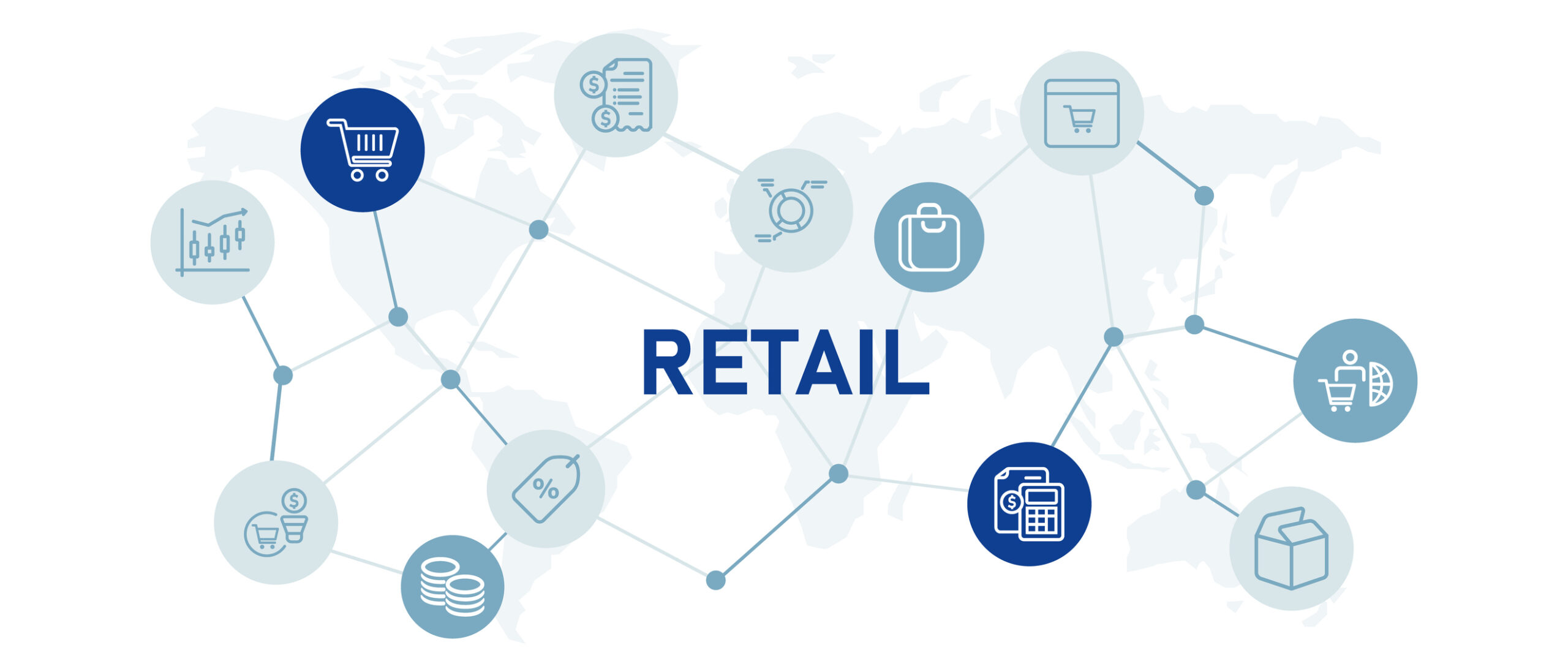The recent ups and downs of the trade and financial markets are enough to make any merchant’s head spin. But when we look closely, the real performance drivers we’re seeing in our client stores are from focusing on the retail fundamentals, not from the broader economic landscape.
Here are seven key retail fundamentals that are sometimes overlooked, but can transform your business when done right.
1. Margins matter more than you think
Inventory isn’t just stock—it’s cash on the shelf. It’s tempting to chase sales volume, especially when times get tough. But retailers don’t go out of business because of low sales—they go under because of low margins.
Be vigilant about your markups, watch your cost of goods sold, and don’t be afraid to raise prices if your product and service justify it.
Recently, we’ve seen that new, full-priced merchandise sells better than discounted goods, so although prices are rising we’re not seeing resistance, yet.
And when it comes to margins, our apparel clients are getting 55% percent on average, with menswear capturing slightly higher numbers.
2. Customer Data Is a Goldmine—Use It
Collecting emails or tracking customer preferences may feel secondary to the day-to-day, but it’s one of the most powerful tools you have. Personalized marketing is far more effective and affordable than constantly chasing new traffic.
If you know who your best customers are and what they love, you can speak directly to them by email, text, or even a quick handwritten note.
We’ve been talking to our clients about Grace Notes: small, thoughtful additions, often unexpected, that enhance a customer’s experience.
3. Your Staff Is Your Brand
Many retailers hire for coverage rather than sales ability or customer connection. But your frontline team shapes the entire customer experience. Do they know the product? Can they read customers? Are they engaged?
Training and coaching can dramatically improve conversion and average sale size.
A great salesperson is worth far more than their hourly rate.
4. Marketing Once a Week Won’t Cut It
Relying on occasional Instagram posts or last-minute emails doesn’t cut it anymore. Your marketing should be consistent, multi-channel, and planned in advance.
A simple calendar covering email, social media, events, and partnerships can keep your store top of mind. Visibility builds trust, and trust builds sales.
5. Know Your Numbers—or Get Help
Financial literacy is a superpower in retail. Yet many small store owners don’t know how much cash they’ll need next quarter. You don’t have to be an accountant—but you do need clear, regular financial reports tied to your inventory planning.
That’s why we integrated a Cash Flow Generator tool into the Blacks’ Portal, so clients can look at their cash flow and liabilities over the season, and the full year.
6. Being a Local Favorite Is a Strategy
Retailers sometimes overlook their greatest asset: the community around them. Sponsoring a school event, hosting a neighborhood night, or collaborating with a nearby arts venue can create loyal customers for life. Don’t underestimate the power of word-of-mouth, especially in an age of algorithm fatigue.
7. Start with the End in Mind
Many small retailers treat their store like a passion project, not a long-term business asset. But having a plan for selling, transitioning, or scaling your business adds value—and options.
We often work with merchants who are getting their businesses ready to hand off to the 2nd and 3rd generations. Having a roadmap in place can smooth the transition and provide financial stability.
Owning a retail business is a daily balancing act. But getting these fundamentals in place gives you the stability to grow, adapt, and enjoy the ride a little more.
Need help? We’re happy to lend an experienced hand.







